Geumseonggwan Najugomtang (금성관나주곰탕)
3.1Km 2021-03-18
29, Namdaemun-ro, Jung-gu, Seoul
+82-2-753-7898
This is a Korean cuisine located in Myeong-dong, Seoul. The representative menu is Naju beef bone soup. It serves local dishes produced from Naju-si, Jeolla-do.
Observatorio Jeongdong (정동전망대)
3.1Km 2023-01-26
Deoksugung-gil 15, Jung-gu, Seúl.
Esta atracción oculta se encuentra en el piso 13 del edificio Seosomun, que pertenece al Ayuntamiento de Seúl. El espacio originalmente había sido utilizado para el almacenamiento de suministros y equipo del ayuntamiento, pero fue rediseñado como un observatorio en 2013 y ahora está abierto al público de forma gratuita. El mayor atractivo de este observatorio es que los visitantes pueden tomar una taza de café caliente (las bebidas tienen costo aparte) mientras contemplan la espectacular vista del palacio Deoksugung, la Plaza de Seúl y el área de Jeongdong. El paisaje cambia según las horas o la temporada, lo que constituye otra característica atractiva de este observatorio. Después de pasar por aquí, los visitantes también pueden conseguir un buen almuerzo en uno de los muchos restaurantes cercanos.
Of one book and stay [Korea Quality] / 일독일박 [한국관광 품질인증/Korea Quality]
3.1Km 2021-03-29
11-1, Pirundae-ro 3-gil, Jongno-gu, Seoul
This hanok (traditional Korean house) is located in Seochon Village near Gyeongbokgung Palace. It is a modern C-shaped hanok centered around the inner courtyard, which is the first thing that the guests see after entering through the gate. While it is not expansive, white pebbles and a foot bath make this hanok a unique one. One can enjoy a foot bath while sitting on the porch.
The bedroom, which is located beyond the living room, is furnished with a queen-sized bed. Opening the screen doors brings one to the view of the kitchen area beyond the inner courtyard. A large table, plush sofa, and a small bookcase make the space ideal for books and discussions. Climbing the wooden ladder to the side of the kitchen brings one to the attic, which also doubles as a Korean-style room with a skylight. The kitchen is furnished with a refrigerator, microwave oven, gas stove, electric kettle, toaster, pots, utensils, wine glasses, and bottled water. There is a restroom with a bathtub. The standard occupancy of the house is 4 people.
Museo de la Medicina Tradicional Yangnyeongsi de Seúl (서울약령시 한의약박물관)
3.1Km 2023-04-06
Yangnyeongjungang-ro 26, Dongdaemun-gu, Seúl.
Situado en el mayor centro de distribución de hierbas medicinales de Corea y Bojewon (especie de clínica gratuita de la dinastía Joseon), el Museo de la Medicina Tradicional Yangnyeongsi es un espacio cultural establecido para promocionar, conservar y promover la cultura médica tradicional coreana ante el mundo a través de la exhibición de artículos médicos y hierbas medicinales.
Abierto el 13 de de septiembre de 2006, el museo tiene un área de 2.335 ㎡ y expone 420 artículos médicos y 350 tipos de hierbas medicinales. También cuenta con miles de libros y documentos que ayudan a entender fácilmente la información de cada una de las hierbas.
Museo de Arte Sungkok (성곡미술관)
3.1Km 2021-02-03
Gyeonghuigung-gil 42, Jongno-gu, Seúl.
+82-2-737-7650
El museo fue inaugurado en el año 1995 en homenaje al maestro Kim Sung-kok, fundador de la compañía Ssangyong. Es una institución pública, cuya finalidad es estructurar el servicio de bienestar social por medio del arte y la cultura. La exposición está enfocada a las obras artísticas que interpretan y reflejan la tradición, las costumbres y el color folclórico de Corea, en un entorno moderno. Más allá de las exhibiciones, también apoya a los nuevos artistas, por medio de proyectos como el “Concurso Artístico de Sungkok”, y el “Artista del Futuro”. Está compuesto por el edificio principal, el edificio anexo y un parque de esculturas. También dispone de una cafetería y una tienda de artículos artísticos.
Hyundai Kalguksu (현대칼국수)
3.1Km 2020-06-16
76, Sejong-daero, Jung-gu, Seoul
+82-2-752-9504
Hyundai Kalguksu is a kalguksu (handmade knife-cut noodles) restaurant that has been in the family for two generations (1982). The restaurant is extremely popular among people working at nearby businesses, thanks to the rich flavor of the broth. Anchovies, dried pollack heads, and kelp are simmered for many hours, and then, other ingredients are added: soft noodles and various vegetables including pumpkin, onion, and green onions. The restaurant is famous for the exquisite taste of its kalguksu, as well as for its large servings. Just one bowl is enough to satisfy a starving man, but if you are still hungry, don’t hesitate to ask for more rice or noodles for free. Another unforgettable specialty here is kimchi. You will also be able to enjoy geotjeori (freshly made kimchi) and kkakdugi (sliced white-radish kimchi), which is fermented for about three days.
NUHADANG [Korea Quality] / 누하당 [한국관광 품질인증]
3.1Km 2020-09-10
49-7, Pirundae-ro, Jongno-gu, Seoul
010-9692-1330
Guesthouse Nuha is a ‘hanok’ or traditional Korean house consisting of four guestrooms located in Nuha-dong, Seochon (west of Gyeongbokgung Palace, Jongno, Seoul) where many Confucian scholars and artists lived during the Joseon Dynasty.
Exuding a refined atmosphere, Guesthouse Nuha is very popular among not only domestic visitors but also foreign tourists who want to experience the flavor of Korea in a cozy hanok. All four guestrooms (An-bang, Sarang-bang, Geul-bang, and Byeol-dang) are covered with eco-friendly hanji (traditional Korean paper handmade from mulberry tree) wallpaper, and are equipped with a thick cotton-wool comforter and pillows imbued with the scent of Hinoki cypress tree to help guests relieve their fatigue.
Breakfast is served free of charge. Guests can also experience traditional Korean culture here, such as playing a Korean musical instrument (janggu or double-headed drum), playing a game of yut in the yard, or wearing hanbok (traditional Korean clothes). Although a local bus service passes through the village, it is highly recommended to take a quiet leisurely around the area.
Centro Comercial Mesa de Namdaemun (남대문 메사)
3.1Km 2024-01-25
Namdaemunsijang 10-gil 2, Jung-gu, Seúl.
Museo de Historia de Seúl (서울역사박물관)
3.1Km 2023-08-11
Saemunan-ro 55, Jongno-gu, Seúl
El Museo de Historia de Seúl refleja en forma ordenada la historia y cultura de la capital de Corea. Aquí podrá conocer y aprender sobre Seúl e incrementar su capacidad de entendimiento acerca de ella. En este museo observará los vestigios históricos y culturales de Seúl, desde la era prehistórica a los días modernos. Muchas de las reliquias de la dinastía Joseon fueron donadas durante la Campaña de Donación de Reliquias. La cantidad de tesoros históricos que se expone aumenta día a día.
En mayo de 2002 el museo fue renovado, 17 años después de su apertura, por lo que ostenta unas instalaciones de lo más modernas. Si lleva equipaje pesado, solicite que se lo guarden en el guardarropa que se encuentra en la planta baja y diríjase al tercer piso, en donde se encuentran las salas principales de exposición. Allí podrá ver el paisaje de lo que era Seúl durante la dinastía Joseon, como así también el ambiente de la vida cotidiana de la gente de esta ciudad. También podrá observar las piezas en exposición en el museo cibernético por Internet. En el primer piso se encuentran la mayoría de las instalaciones de comodidad, la sala de cuidado de niños, una tienda comercial, una tienda de suvenires, asientos para descansar, etc.
Nuwa [Korea Quality] / 누와 [한국관광 품질인증/Korea Quality]
3.1Km 2021-03-29
3-1, Pirundae-ro 5na-gil, Jongno-gu, Seoul
This hanok (traditional Korean house) is located deep in the Seochon Village, west of Seoul’s Gyeongbokgung Palace. Its tasteful renovation of a small 33 m2 hanok made it highly popular among the younger guests. The courtyard has a low maple tree and tastefully arranged stones, while the hanok is capable of accommodating up to 2 persons.
This L-shaped hanok has a full window wall facing the living room, which is furnished with a low walnut table and a bathtub. Visitors can enjoy premium tea at the table. The bathtub, which is connected to the table at one end, can be used mainly for a foot bath with bath salts that assist circulation. There is also a restroom in the building.
Nuwa’s bedroom has a circular window, much like the full moon, with a view of the garden and the fringes of the Inwangsan Mountain.
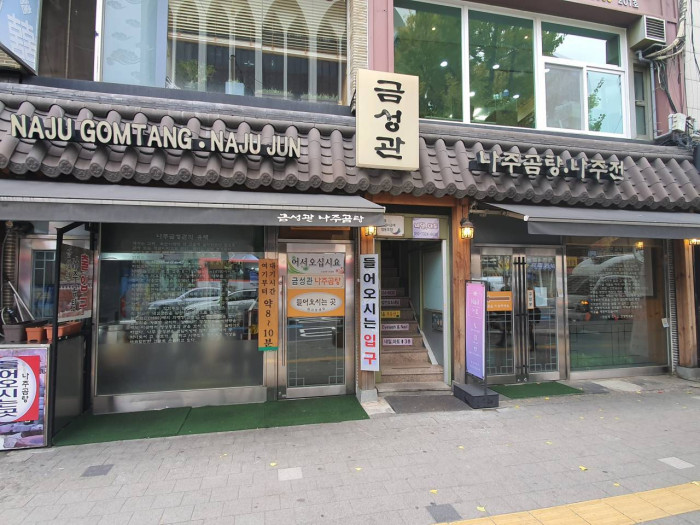

![Of one book and stay [Korea Quality] / 일독일박 [한국관광 품질인증/Korea Quality]](http://tong.visitkorea.or.kr/cms/resource/43/2707643_image2_1.jpg)
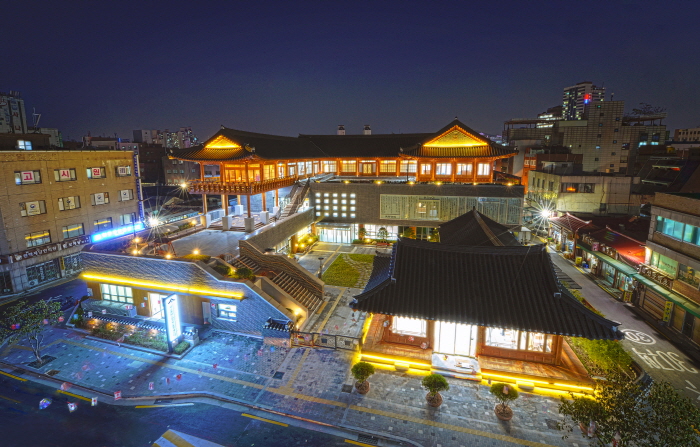
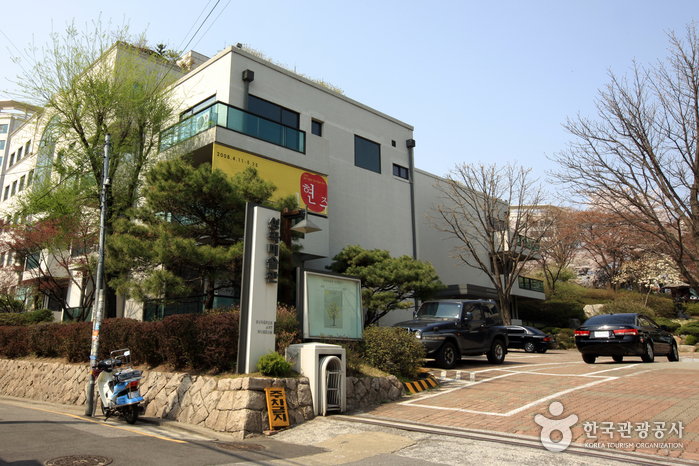
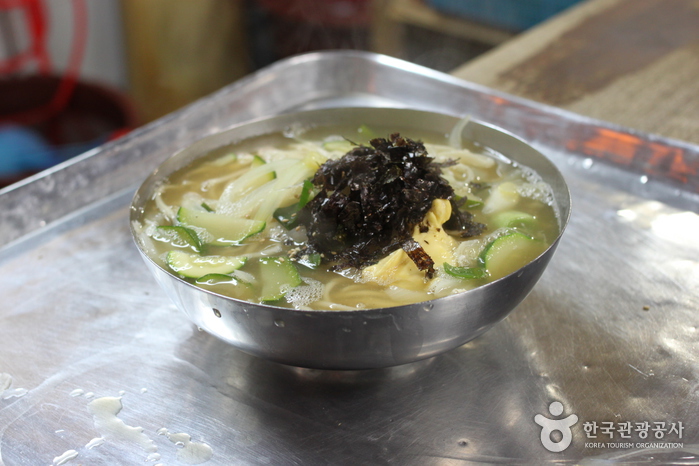
![NUHADANG [Korea Quality] / 누하당 [한국관광 품질인증]](http://tong.visitkorea.or.kr/cms/resource/58/2532358_image2_1.jpg)
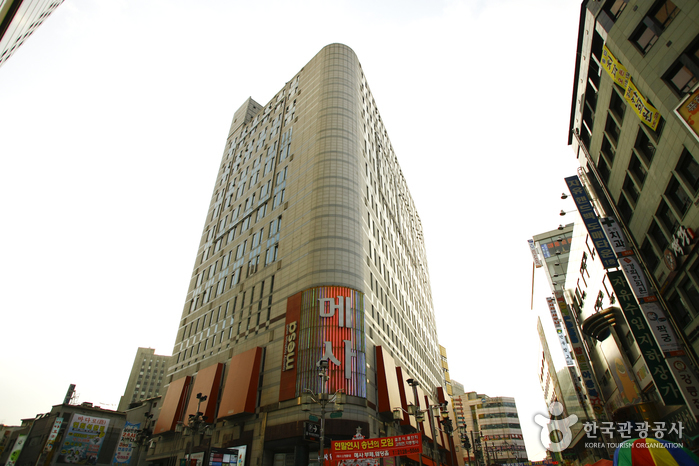
![Nuwa [Korea Quality] / 누와 [한국관광 품질인증/Korea Quality]](http://tong.visitkorea.or.kr/cms/resource/07/2707607_image2_1.jpg)
 Español
Español
 한국어
한국어 English
English 日本語
日本語 中文(简体)
中文(简体) Deutsch
Deutsch Français
Français Русский
Русский